Offering a glimpse of what lies ahead, Retail Week Prospect analysts reveal which retailers will sit at the top of the food chain in 2026, which will be overtaken by their closest rivals and which will lose their spot in the ranking altogether
If some of the eyebrow-raising events of 2022 taught us anything about retail, it is to expect the unexpected. But that is not to say we should not try to predict what is coming in the future.
Though the forecast projects businesses’ CAGR (compound annual growth rate) across just five years, the resulting ranking reveals a wealth of movement on the cards for the UK’s biggest retailers.
There are 17 rank changes, two new entrants and billions worth of revenue en route, but what does it tell us about retail’s direction of travel?
“To me, it shows a dynamic market with very divergent performances,” says Retail Week data and insights director Lisa Byfield-Green.
“Recent complicated and numerous macroeconomic factors have somewhat thrown out the rule book in terms of trading, with previous sure-fire strong performers unable to deliver the high levels of growth we have come to expect, particularly against tough year-on-year comparatives.”
Who is on top?
Tesco will easily hold its crown as the UK’s largest retailer, with a growth rate of 3.1%, taking it to £66bn in sales. Sainsbury’s takes silver with slightly faster growth of 4.1% and there is a new champion taking home bronze.
Amazon is set to pack on 7.5% worth of growth to leap ahead of Asda by a cool £8bn, the highest growth rate in the forecast. Despite having a tough time of late, the ecommerce behemoth’s position in the top three is a dead cert, says Byfield-Green.
She explains: “We had originally forecast it to be number two behind Tesco, but in light of its current cost focus and its first-ever year of single-digit growth in 2022, we revised our forecast down slightly.
“Amazon’s sales grew by 9% in 2022 and by 5.1% (in local currency) in the UK, which is a strong achievement when you consider that these comparisons are off the back of its performance during the pandemic and come during a cost-of-living crisis and a channel shift as footfall returns to stores.
“Amazon will certainly be focused on reducing costs in 2023 but at the same time, it will continue to invest in innovation and big programmes that could ‘move the needle’ at Amazon, according to chief executive Andy Jassy.
“That means Amazon is really one to watch as by 2024 the restructured company could go back to double-digit growth and accelerate its way further up the ranking.”
M&S overtakes John Lewis
Further down the table, we’re able to see how two retailers that have embarked on very different restructuring strategies will reap what they’ve sown.
With a CAGR of 2.7%, M&S is poised to supplant the John Lewis Partnership, which is set to grow by 1.8%. Analysts found that the retailers were to swap places at seven and eight before the end of FY2023.
While M&S plans to keep a close eye on stores with a strong rotation and investment plan, JLP is working with a reduced portfolio, which saw it take a hit with changing consumer behaviour post-pandemic.
“M&S’ willingness to evolve and diversify has been key to its success. It has been on a long-term mission to transform its business, first under Steve Rowe’s five-year plan and now under the ‘reshaping for growth’ strategy led by CEO Stuart Machin and co-CEO Katie Bickerstaffe,” says Byfield-Green.
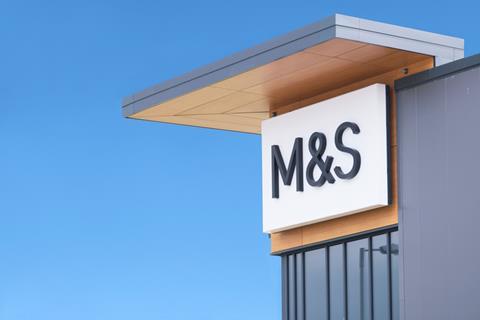
“It has re-engineered its clothing and home proposition through partnerships and accelerated change through the MS2 digital programme, tackling cost reduction, modernising its supply chain and accelerating store rotation. These are all key building blocks for continued growth and the business is laser-focused on achieving this.”
John Lewis is also restructuring, but its strategy is taking longer to bear fruit.
“With a reduced store portfolio for its John Lewis department stores, there are many customers that do not have easy access to a store,” says Byfield Green.
“This makes the business heavily reliant on the online channel, which makes significant growth difficult in the current market as footfall returns to high streets and shopping centres and customers shift away from buying as much online.
“Waitrose has also seen sales slump this year as customers trade down and reduce basket sizes in the cost-of-living crisis. This means that our forecasts for the grocery part of its business have been revised down, contributing to the change in the ranking.”
Growth for value players
Shoppers’ propensity to seek out good value weaves through the forecast across several sectors. Both Primark and Poundland have moved up two places, Aldi and Lidl have the highest growth rates of the supermarkets and the only discount retailer to drop a place is TK Maxx – which is more to do with its proximity to Primark in the ranking than its comfortable 2.6% CAGR.
Primark will grow by 3.8%, which equates to about £1.7bn, as its relentless focus on value and work to expand its footprint, without the distraction of an online business, continues. Conversely, online pureplay Asos will drop two places to number 26.
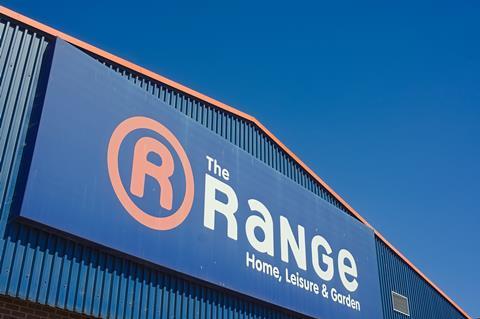
Clocking up an impressive growth rate of 7%, second only to Amazon in percentage terms, The Range will enter the top 30 by 2026.
According to Byfield-Green, the variety discounter will continue to make the most of its pandemic success, and its staunch value proposition will remain a key selling point for shoppers.
“The Range saw sales soar during the pandemic. This growth slowed to single digits in 2021, but the company is building on its success by opening new stores, opening a new distribution centre – the largest in the UK this year – and establishing an online presence, all of which will lead to accelerated growth.
“We project that the online channel could grow to account for a significant share of sales over time and The Range’s new website is attractive and easy to navigate, particularly for a discounter.”
But it is not all about belt-tightening, as new entrant Adidas demonstrates with an impressive 6.5% increase to £1.77bn, landing it the final spot in the top 30.

“Adidas is increasingly differentiating its proposition and has become an aspirational brand, which makes it highly desirable even as overall discretionary spending is reined in,” says Byfield Green.
“Direct-to-consumer and sustainability are at the heart of its strategy, which chimes with the modern consumer, particularly as Gen Z comes of age.
“Adidas has also increased its presence and brand recognition with its differentiated and highly aspirational stores such as the LDN concept on Oxford Street.”
Exits
As there are new entrants, there are also departures. Despite having a higher-than-average growth rate, AO.com will be squeezed out of the ranking in 2026.
The electricals retailer managed to rack up a 4.3% CAGR, against an average of 3.6%, and it remains optimistic about its position despite posting a sharp fall in sales over the fourth quarter, upgrading its full-year profit forecast from £20m-£30m previously to £30m-£40m.

The second exit is eBay, another player that has felt the impact of the channel shift and is facing stiff competition from other peer-to-peer platforms like Vinted and Facebook Marketplace.
On the whole, the changes to the UK’s leading retailers list may not be drastic, but they are significant and, according to Byfield-Green, they demonstrate how retailers that select the right strategy for their shoppers will emerge victorious.
“Leading retailers are balancing short-term agility with investment for the long term and putting customers at the heart of strategy. These are the retailers that are forecast to grow most significantly between now and 2026.”
- If you would like to discover how Retail Week Prospect can help you, please request a demo to find out more
Methodology
Ranking 1 is based on the retailer’s 2021/22 (FY2021) actual UK sales
Ranking 2 is based on the retailer’s 2026/27 (FY2026) forecasted UK sales
Five-year CAGR % (FY2022-FY2026) is the compound annual growth rate
The average five-year CAGR% growth rate is 3.6% among the top 30 retailers
Nine out of the top 30 are grocers (30%)
JLP and M&S are department stores, but all have grocery arms
Aldi and Lidl are leading the five-year CAGR% of 5.3% and 4.6%, respectively, in 2026/27 (FY2026)
Amazon is the only non-grocer in the top 10 and has the highest five-year CAGR % among the top 30
B&M: UK sales comprise B&M plus Heron Foods from 2017 when it was acquired. Overall growth could be bolstered by sales from the ecommerce site it is currently trialling if it is well received.
Primark: UK and International sales for FY22 are Prospect estimates pending Companies House filing due June 2023. Bulk of Primark sales growth will come from international markets over the next five years, in particular the US where it is looking to double retail space this year and have up to 60 stores by 2026 (from a current 15 or so). Has also noted major opportunities for expansion in France, Spain and Italy, and is focusing increasingly on Eastern Europe.





















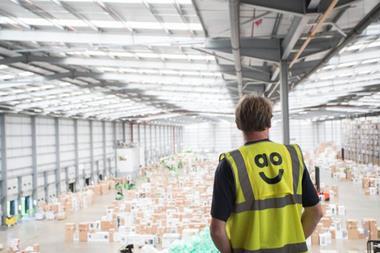
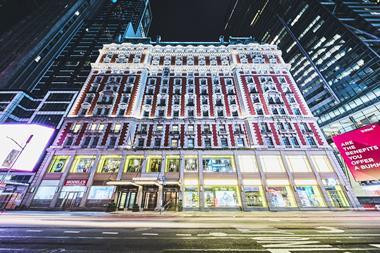


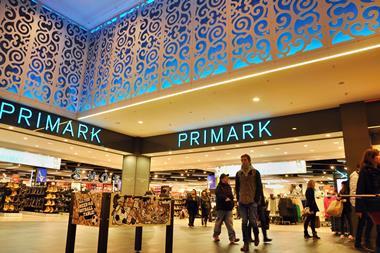
No comments yet